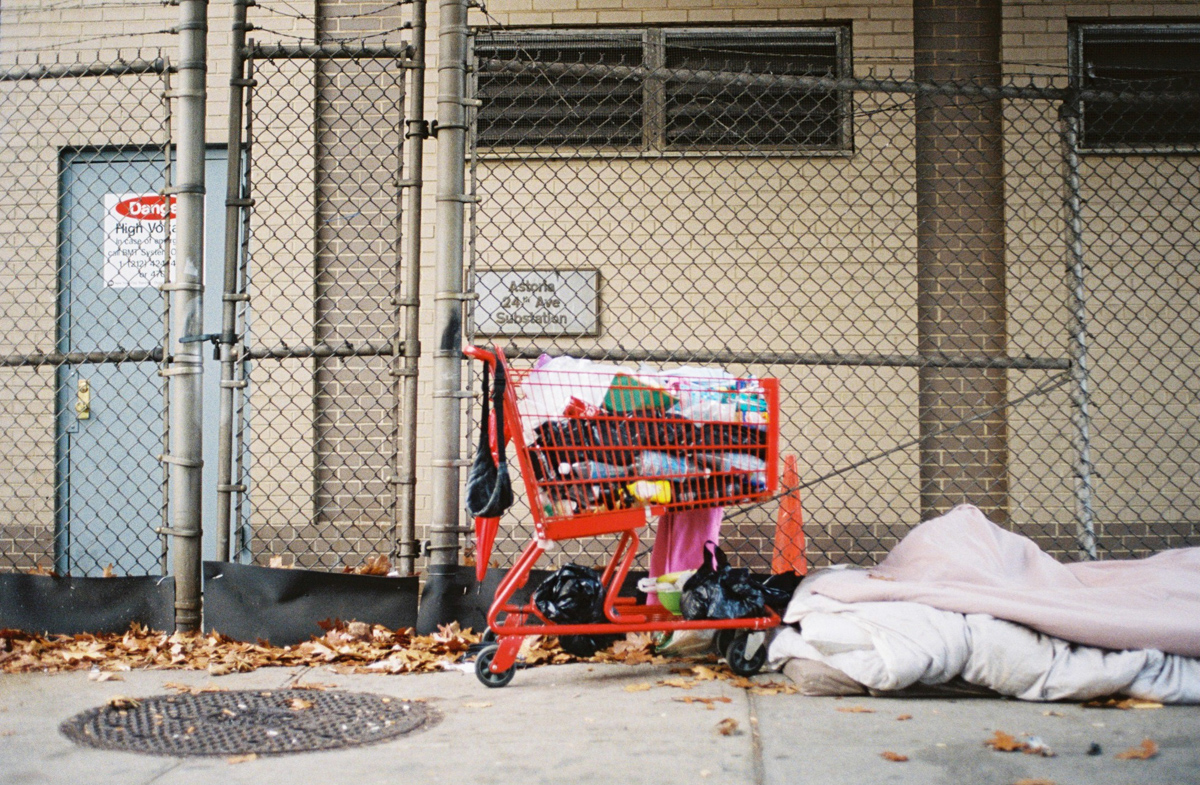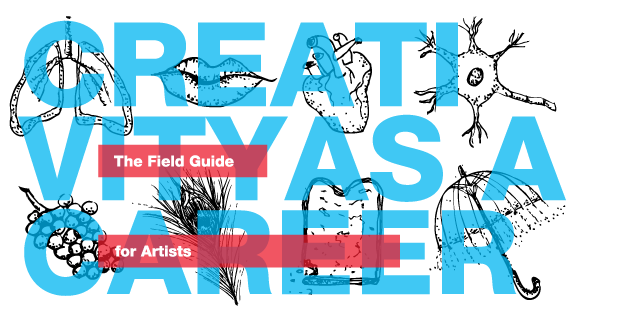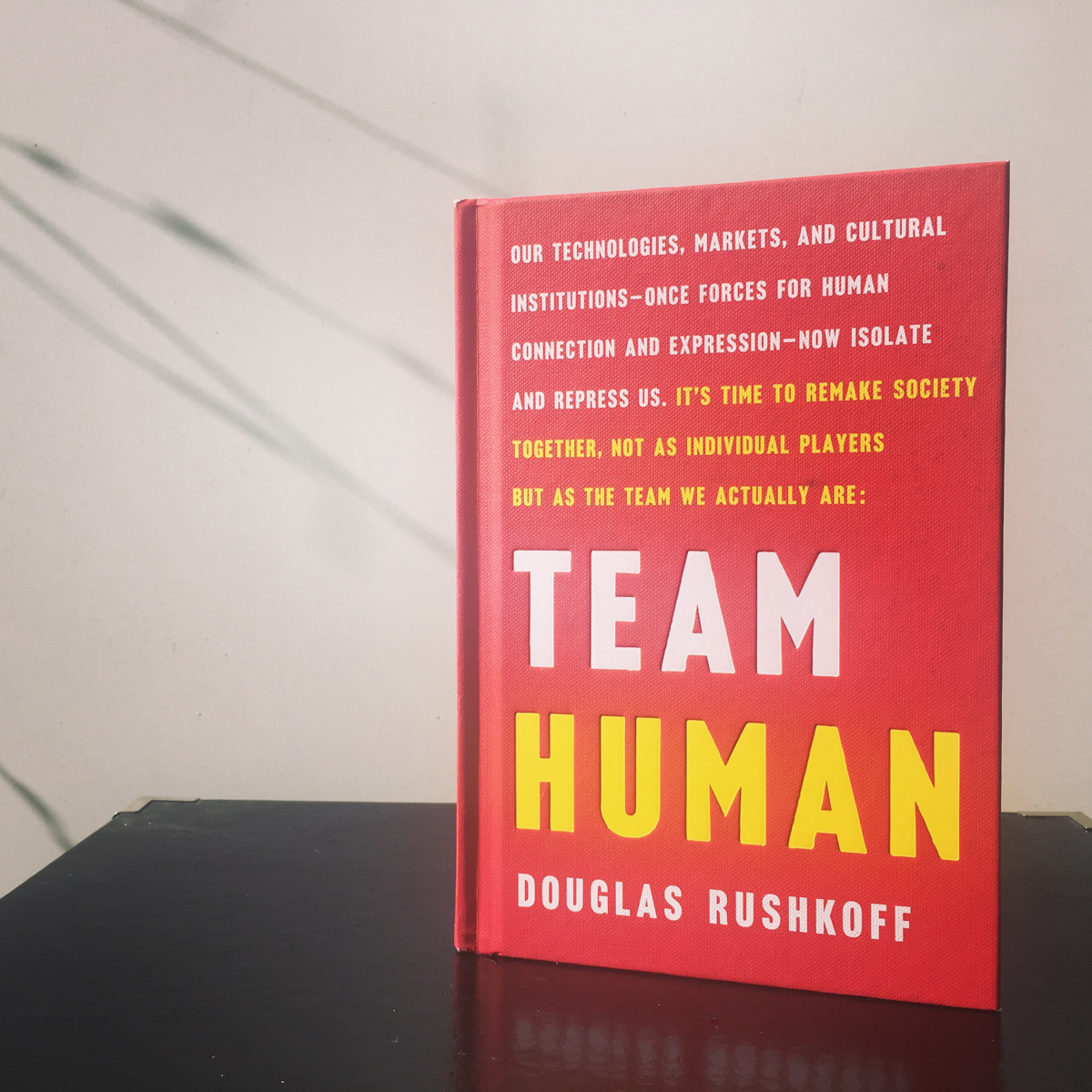"If you care about giving communities stability and a chance to keep themselves safe and produce a civic life, then housing is a big part of that story."—Matthew Desmond, in our interview about his book Evicted.
The Fall that Follows Creation
Creativity is often so focused on the finished object—the creation—that we fail to attend to what comes afterward. Having checked off “creation” from the list, we tend to think everything that follows is a part of something separate, whether a part of a new project or just a nebulous in-between that doesn’t merit consideration. Even if we speak of the “creative process,” this tends to include only the steps that we take in order to create something, a process which seemingly stops with the project at hand being realized. Yet, what comes next is also part of the process: it is how we react to and recover from what we have created.
I often speak of “the act of” creation but it would be wiser to consider it within a cycle of creativity. Much like eating, it involves a hunger that prompts you to feed yourself on inspiration and information and ideas, then the processing of those into usable energy and excess, and some manner of satiety followed by a returning hunger. The thing we have created—whether we speak of an artwork or a new formula or body of research, etc.—is a product of that process without being the entirety of its value. By imagining a creation as the endpoint of a linear process as opposed to a waypoint on a cycle, we run the risk of frustrating the ongoing flow by dismissing some aspects of it as unrelated, unnecessary, or unwelcome. Essentially, we try to eat and eat without ever taking a shit.
With that in mind, I want to open up dialogue about the emotional aftermath of creation—and in particular the postpartum depression that sometimes accompanies creative birthing. I myself sometimes encounter this unexpected presence upon completing a large, all-consuming project: the urge to die.

This is distinct from the desire to kill or harm oneself, in that it is unaccompanied by the instinct for self-destruction, yet I can understand how someone could easily mistake the emotion if and when they encounter it. Because I meditate and spend (a lot of) time deconstructing my internal landscape, I can pick up this emotion like a curious object on the shelf and take a look at it closely without being too troubled by it. However, it is a dangerous object, and this is why I write about it now; with the idea of laying it bare for others who experience this shadow but do not yet understand its nature.
Creation is emotional. It can be in turn rejuvenating or depleting, exhilarating or emptying. A particular image runs through my mind: Years ago, I had a fish tank with various breeds of fish. Among others, there were a male and female fish who hated each other for a year before they decided to breed. There was an intense exchange of fertilization, followed by a collapse: one fish rolled to its back, expired, and fell downward through the water.
A few moments would pass, and then they made another mating effort, followed again by a total collapse and fall.
Likewise, after investing all my life-energy into creation, when that is completed I free-fall, wholly exhausted and lifeless, and wanting only to die and be done.
All things considered, perhaps the words “fall” or even “free-fall” are insufficient; it is yielding to the collapsing gravity of one’s internal oblivion. It is the quality of being wholly and completely wrung out, the feeling that one has done all that one can do. From this position, it is not just that there is no energy to continue, it is that there is no will to—yet again!—go through the effort to build up the requisite energy to continue.
Simple, though total, exhaustion is not the only explanation. To complete a creation spins many forces into play:
- The vulnerability and sensitivity required to create something clash rudely with the exposure of putting the work out into the world, where the work (and you as its creator) will be judged (and possibly belittled or panned), or perhaps ignored.
- The time and internal space previously occupied by a project dissipates into a vacuum, which in absence of a new project or healthy emotional alternative, the body may fill with a variety of deteriorating responses like listlessness, purposelessness, anxiety or disappearance into obsessions or addiction.
- Creation often occurs in a depressed state. I quickly clarify: The quality of “depression,” while often referring to a (negative) emotional state, is based in a physiological state. Depression is often treated as a psychological ailment, and indeed can be debilitating, but depressed processes themselves are an adaptation that enable the intense concentration and sensitivity that often facilitate creation. This is constructive depression. However, once in this depressed (physiological) state, a person who is already vulnerable from the act of creation may interpret the physiological state for an emotional one, and spiral downward. This interplay between biology and emotions is incredibly common (think of “hangry”) and is just as commonly misread; a correct identification can be improved with practice.
“I think that when I’m not writing I’m dead,” said Brazilian author Clarice Lispector in an interview, and the only existing footage of her. “It’s very hard, that period between one work and another, and at the same time very necessary, for there to be a kind of emptying out of the head for something else to be born—if it is born. It’s all so uncertain.” The interview took place in 1977 after she had just completed a work, and captures her emptied state uncomfortably well; she seems full of disdain for the interviewer who was clearly not up to the task, yet lacking the requisite energy to walk off, tell him off, or break something, she concedes reluctant and spare answers. Lispector died that same year, so there is no longer any uncertainty as to whether she would give birth to something more, and yet, even still, she seemed to acknowledge the role that this emptying out played in her process.
For those accustomed to moving into and out of depression, whether strategically or involuntarily, you will be aware that it is easy to spin out of control unless you are skilled at knowing yourself, perceiving when you are in a free-fall, and having the tools and wherewithal to not make it worse. It’s critical to recognize when your fall becomes a nose-dive; to know not only when but how to pull up. Should you hit bottom, it may be difficult to find the energy to try again, knowing you will find yourself back here soon enough. When exhausted, starting another cycle can feel not only burdensome but truly futile. As the astronaut Chris Hadfield said in a TED talk of going blind in space: “There is no problem so bad that you can’t make it worse.”
Yes, it is possible to feel the fall without being ruined by it. Here are some things that help navigate the post-creative abyss, from my own experience.
- Cultivate a meditation practice. I know, this is one of those things that everyone seems to know is “good for them” but difficult to implement in practice, like flossing. Yet, it is vital, vital, vital. Meditation (or mindfulness) is the key to being able to separate yourself from your thoughts and emotions sufficiently to identify when you’re approaching the red zone. For those who are out of control of themselves, I would recommend never burning red, but the better skilled you are at reading and responding, the more dexterously and purposefully you can push your dragon.
- Keep projects on the go. Don’t leave room for the oblivion. Ensure you have good, positive, constructive things to fill vacuums as they occur, to leave no room for the negativity or nihilism that may otherwise rush in. Have multiple projects on the go, create interdependencies with other constructive people, feed yourself with inspiration and ideas. Better still, keep some projects around that are purely practical or for other people—it will keep your engine warm while you recover.
- Form deep connections with people who care about you above and beyond your creations. Clear enough, right?
- Pull up your physiological state. Give care to your physical self to pull out of the physiological depression and into a state of activity, vibrancy, and well-being.
- Set your stars to steer by. When you have a grander mission, calling, or defining value that guides your movements, it is easier to find the energy to keep moving forward in constructive ways. If you can only think in the short-term of a single project, or are motivated by temporary balms like personal interest and pleasure, or superficial or mundane goals like finances, awards, or acknowledgment, it is far more likely to lose your balance; you have no grounding force. Set yourself in the direction of a distant horizon you view as wholly and fundamentally “good”—this will ensure it is timeless, to survive changing interests and to protect against regret that you’ve spent your time on the wrong things.
- Learn to love the fall. If the fall is an unavoidable part of the cycle, one can only learn to love it. This does not mean to bathe in its misery or to prolong it by allowing yourself to fall deeper still, but simply to value it as it is, without weighing yourself down with the burden to overcome it.
Whether rising or falling, it helps to keep perspective on the entirety of the cycle. With enough distance to see the larger picture, it is far easier to smile about being human.



